As of Dec 9, 2019, with Chrome v78.x
I've been experiencing serious problems with disabling auto-completion menus in some places of my web front-end application. Especially on the Chrome browser, even after I applied autocomplete="off" to text inputs that are related to user's physical addresses, it still bugged me with a new type of auto-completion menu with "Manage addresses" option in its underneath.
Here's something obvious: Google Chrome automatically assigns this sort of menu to text inputs that have placeholders like "Street" and "Destination ZIP".
This thing is a real bummer because there's literally no way to turn it off unless the input element is not even remotely related with "address-y" terms.
The client made it clear that there should be no auto-completion menus attached. But we cannot display address-related inputs without using address-related words.
What would be the solution to this?
